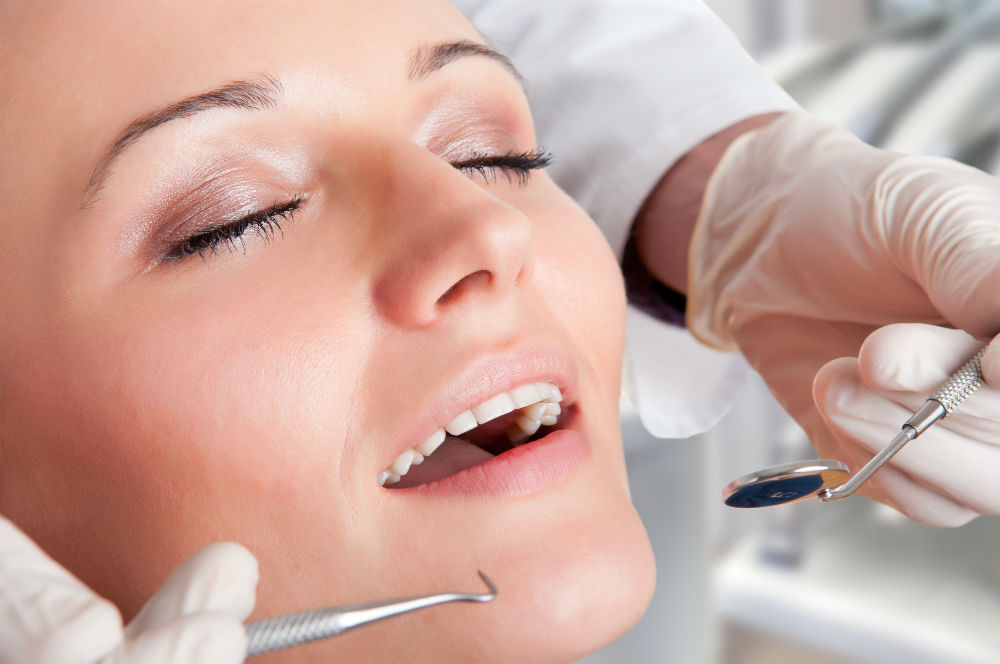
IV Sedation Dentistry
The Benefits of IV Sedation for Dental Anxiety: A Stress-Free Dental Experience
Dental anxiety is a common issue for many adults, often preventing them from receiving the care they need to maintain a healthy, beautiful smile. At our dental office serving Pawleys Island, Murrells Inlet, Surfside Beach, Garden City, and Myrtle Beach, we understand these concerns and offer a solution: IV sedation dentistry.
What is IV Sedation?
IV (intravenous) sedation involves administering a sedative drug directly into the bloodstream, allowing for immediate relaxation and a calm dental experience. Unlike nitrous oxide (laughing gas) or oral sedation (medications taken in pill form), IV sedation provides a deeper level of relaxation and more precise control over the level of sedation throughout your procedure.
Why Choose IV Sedation Over Nitrous Oxide or Oral Sedation?
Faster Onset: IV sedation works almost immediately, allowing you to feel relaxed right from the start of your appointment.
Customizable Levels of Sedation: The level of sedation can be adjusted in real-time to ensure your comfort.
Deeper Relaxation: IV sedation provides a deeper state of calmness compared to nitrous oxide or oral medications.
Reduced Memory of the Procedure: Many patients report having little to no memory of their treatment, which can be a relief for those with significant dental anxiety.
Time Efficiency: Because patients are so relaxed, dentists can often complete more work in fewer visits.
Why Choose IV Sedation Over Nitrous Oxide or Oral Sedation?
- Faster Onset: IV sedation works almost immediately, allowing you to feel relaxed right from the start of your appointment.
- Customizable Levels of Sedation: The level of sedation can be adjusted in real-time to ensure your comfort.
- Deeper Relaxation: IV sedation provides a deeper state of calmness compared to nitrous oxide or oral medications.
- Reduced Memory of the Procedure: Many patients report having little to no memory of their treatment, which can be a relief for those with significant dental anxiety.
- Time Efficiency: Because patients are so relaxed, dentists can often complete more work in fewer visits.
How Does IV Sedation Work?
Before your procedure begins, a small needle will be placed into a vein, typically in your arm or hand. The sedative medication is then delivered through the IV, helping you feel calm and at ease within minutes. Our experienced dental team carefully monitors your vital signs throughout the procedure to ensure your safety and comfort.
While you'll remain conscious and able to respond to instructions, you'll feel deeply relaxed, and time will seem to pass quickly. After your procedure, you'll need a friend or family member to drive you home, as the sedative effects can take a few hours to fully wear off.
Who Can Benefit from IV Sedation?
IV sedation is an excellent option for patients who:
- Experience moderate to severe dental anxiety
- Have had traumatic dental experiences in the past
- Require complex or lengthy dental treatments
- Have a strong gag reflex
- Struggle to stay still for extended periods
A Safe and Comfortable Experience
Patient safety is our top priority. Our dental team is highly trained in administering IV sedation, and we use state-of-the-art monitoring equipment to ensure your health and safety throughout your appointment.
Take the First Step Toward Stress-Free Dentistry
Don’t let dental anxiety prevent you from achieving a healthy smile. With IV sedation, you can enjoy a calm, comfortable dental experience in Pawleys Island, Murrells Inlet, Surfside Beach, Garden City, and Myrtle Beach.
Call us today at 843-237-4231 to schedule your appointment and discover how IV sedation can make your next dental visit a breeze!
Sedation is safe although you should talk to Dr. Wright and gain a thorough understanding of how it works and what is expected of you before the procedure. Your medical history will be examined comprehensively to ensure safe sedation and your vital signs will be monitored throughout the entire procedure to confirm that your blood pressure, pulse rate, respirations, and blood oxygen levels are normal.

